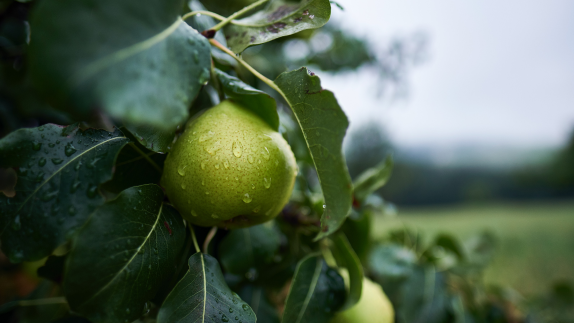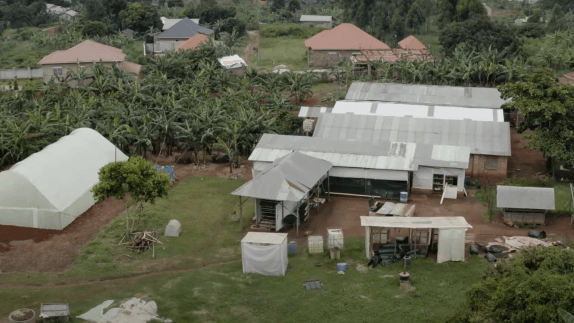name:
One acre farm
founded:
2010
origin:
Uganda
One-acre farm is a highly profitable, mixed-farm near Lake Victoria in Uganda, East Africa. The small farm was designed by farmer and veterinarian Dr. Emma Naluyima.
By emulating nature’s cyclical and regenerative processes, Emma’s farm generates multiple revenue streams and significantly reduces running costs and waste. This leads to much higher profits.
In 2019, she was awarded the prestigious Africa Food Prize, for demonstrating to hundreds of millions of smallholder farmers in Africa, the multiple benefits of shifting to circular agriculture.
Part of the design rationale for her farm is the trend for shrinking farm sizes in the region, due to a rising population as well as fragmentation of farms as they are passed from one generation to the next. For this reason, small farms need to be more productive and profitable to ensure food security and avoid expansion into natural wilderness areas.
Why it’s an example of the circular economy
Emma’s approach is to create a mixed-farming system that integrates livestock and plant crops into a symbiotic relationship.
The farm is divided into 4 zones with interconnected resource flows. For example, maggots are grown on pig waste to feed to chickens and fish. The waste is further broken down by worms, then combined with cattle and pig urine to provide fertiliser for perennial crops such as matoke (green-banana).
Beneficial exchanges of resources are repeated all over the farm, so that just like in nature nothing goes to waste, and instead is cycled to another part of the farm.

'Matoke' or plantain - Uganda's staple crop (Felipe Vieira on Unsplash)
Using technology to boost efficiency
The farm has embraced technology making the farm ‘smarter’ and more attractive for young people who want to adopt this method of farming.
Hydroponics and aquaponics
This soil-free system produces highly nutritious livestock fodder every 6 days, in an area more than 1,000 times smaller than traditional pasture. An aquaponic (raising aquatic animals alongside plants) system is used to cultivate tilapia and catfish, generating nutrient rich ‘wastewater’ used to irrigate tomatoes and other high value fruits and vegetables.
Anaerobic digestion
Cattle waste is collected and fed to an anaerobic digester. This generates biogas used for cooking fuel as an alternative to firewood.
Business and environmental benefits
The most important benefit from Emma’s farm design is increased profitability. The revenue generated is estimated at $100,000 per year, which is more than 10 times the average Ugandan salary. Even if half this revenue is achieved with similar projects, the economics make small-scale circular agriculture an attractive option to address the rising issue of youth unemployment.
Other important benefits include:
80% reduction in feed and other inputs costs
an abundant supply of renewable biogas, reducing pressure on forests and avoiding particulate pollution
local biodiversity is protected as the farm’s high productivity reduces the need for expansion into virgin wilderness areas
high quality nutritious food contributes to healthy animals and humans
Further info:







